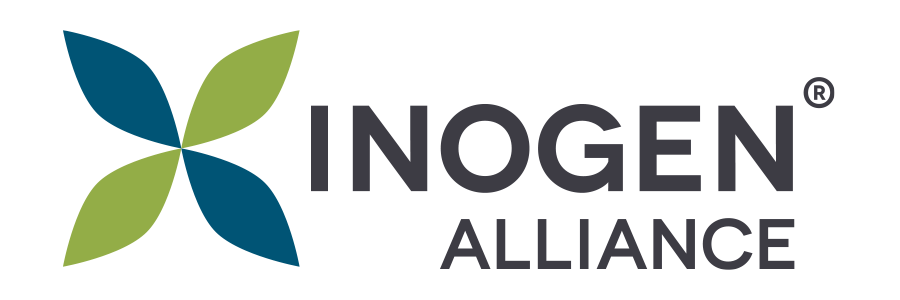Decarbonization Series Part 1: Energy Audits and Emissions Reduction

Decarbonization Series Part 1: Energy Audits and Emissions Reduction
Improving energy efficiency and decarbonization is critical for any business, and its importance is growing very quickly as global legislation changes. Carbon taxes, risk disclosures, and other initiatives increase the cost of carbon and can rapidly hurt the financial performance of your company. In this three-part series, Inogen Alliance will outline three ways to decarbonize. In this first post, we will examine ways to reduce your overall energy consumption and emissions by conducting energy audits. Our second post will educate you on how to buy energy from renewable sources from your local utility. The final post in this series will teach you about carbon offsets, how to buy them, and their limitations.
How to reduce the amount of energy used by your business
Energy efficiency and facility optimization are best implemented in three main steps:
- A business should conduct an energy audit to understand their current energy usage.
- An energy reduction should be developed.
- The business owner should create a plan to monitor energy usage, reassess their facilities and operations, and implement additional improvements as needed.
Energy Audit
The first step that any business should take to decarbonize is to conduct an energy audit. An energy audit is a comprehensive assessment to understand how energy is used within a facility. Auditors will inspect equipment, examine historical utility fees, and conduct on-site measurements to create a comprehensive report of a facility’s given energy use. Once the existing energy use has been mapped, priorities for improvement are identified and presented to the business owner. The scope and expense of an energy audit will depend on the specific context, including the location and size of the facility, the level of analysis required, and the type of equipment on-site, but the savings in energy cost usually make up for the expense of the audit quite rapidly. An intermediate-level energy audit typically identifies savings of 10-20% of the building’s total energy consumption - and in some cases a much higher percentage than that!
Facility Optimization Strategy
Once the audit report has been completed, the business should work closely with the auditors and other specialists to design and implement an energy-saving and facility optimization strategy. The report will outline different areas where energy is being wasted, and the team can then budget out costs of improvements for comparison against projected energy savings. A proper facility optimization exercise will often identify dozens of areas where energy costs can be reduced, from decreasing phantom power draws from idle computers to improved lighting systems to more efficient industrial equipment. The auditors will compile all this information and will then help the business owners prioritize their investment for the most significant interventions that reduce costs and cut emissions. Check out this facility optimization e-book from associate Antea Group USA as another resource for approaching energy savings.
Monitoring Energy Usage
As these improvements are implemented, it is also important for the business to track and monitor these changes, both to validate the projected reduction in energy consumption and to identify other areas where costs and emissions can be further reduced. There are many ways to perform this monitoring, and the appropriate tools can be determined once proper goals and objectives for the monitoring exercise have been completed. Available tools range from simple Excel spreadsheets to extensive graphical Tableau dashboards that automatically update based on real-time measurements with the Internet of Things (IoT)-based technology. The business should also create an ongoing workflow within the organization to conduct this exercise on a regular basis – this will ensure that future improvements in technology are implemented, and further cost savings are realized.
In summary, an energy audit is the best first step to an effective decarbonization strategy. The auditors will inspect your facility, then identify and help implement improvements. Ongoing monitoring is vital to both understand whether targets are being met and to capture additional areas of possible improvement. These strategies are critical for any business that is serious about decarbonization.
The next post in this series will discuss how you can buy energy from renewable sources to further decarbonize once you have completed the facility optimization exercise.
Inogen Alliance is a global network made up of dozens of independent local businesses and over 5,000 consultants around the world who can help make your project a success. Our Associates collaborate closely to serve multinational corporations, government agencies, and nonprofit organizations, and we share knowledge and industry experience to provide the highest quality service to our clients. If you want to learn more about how you can work with Inogen Alliance, you can explore our Associates on this webpage or Contact Us. Watch for more News & Blog updates here and follow us on LinkedIn.
About Inogen Alliance
We are an Alliance of consultants that can provide global coverage through one point of contact for environmental, health, safety, and sustainability efforts at your company. Together by choice for 20 years, our Alliance has unparalleled global coverage and a committed team that will partner with you in solving your EHS challenges, resolving liabilities from the past, addressing today's requirements and delivering innovative solutions for the future. Learn more at https://www.inogenalliance.com.

